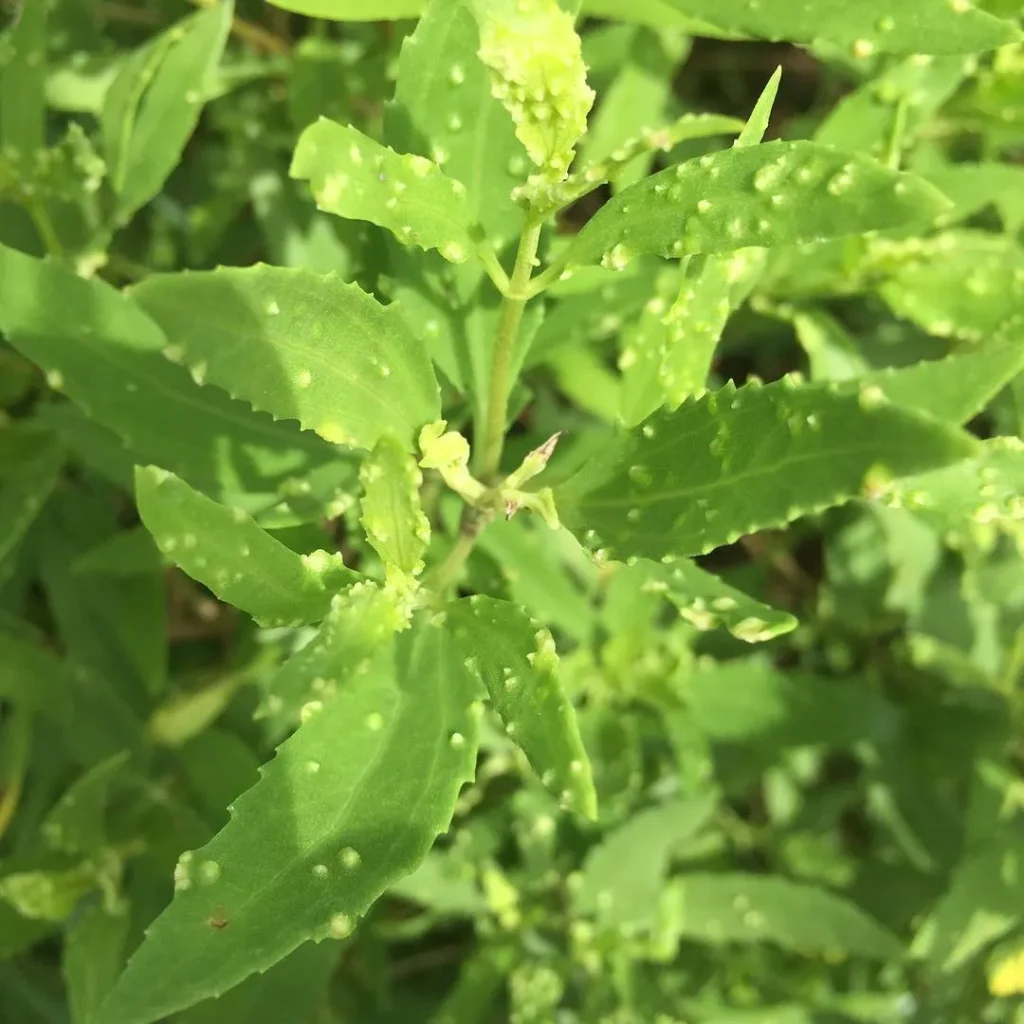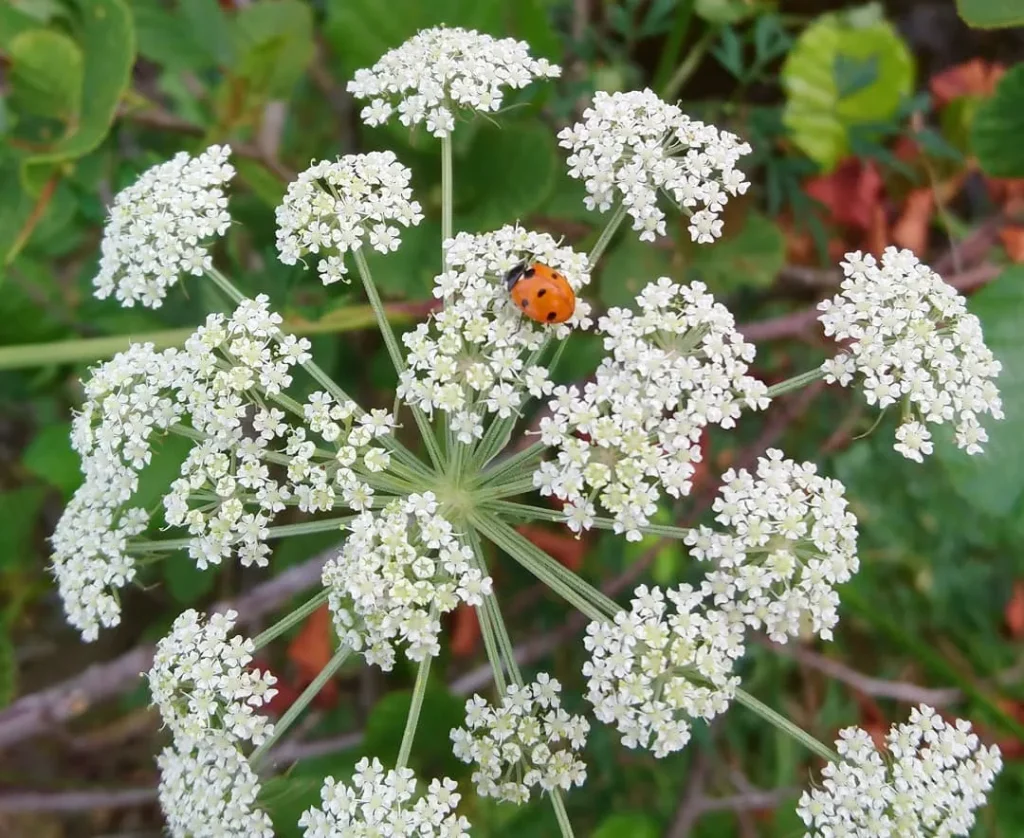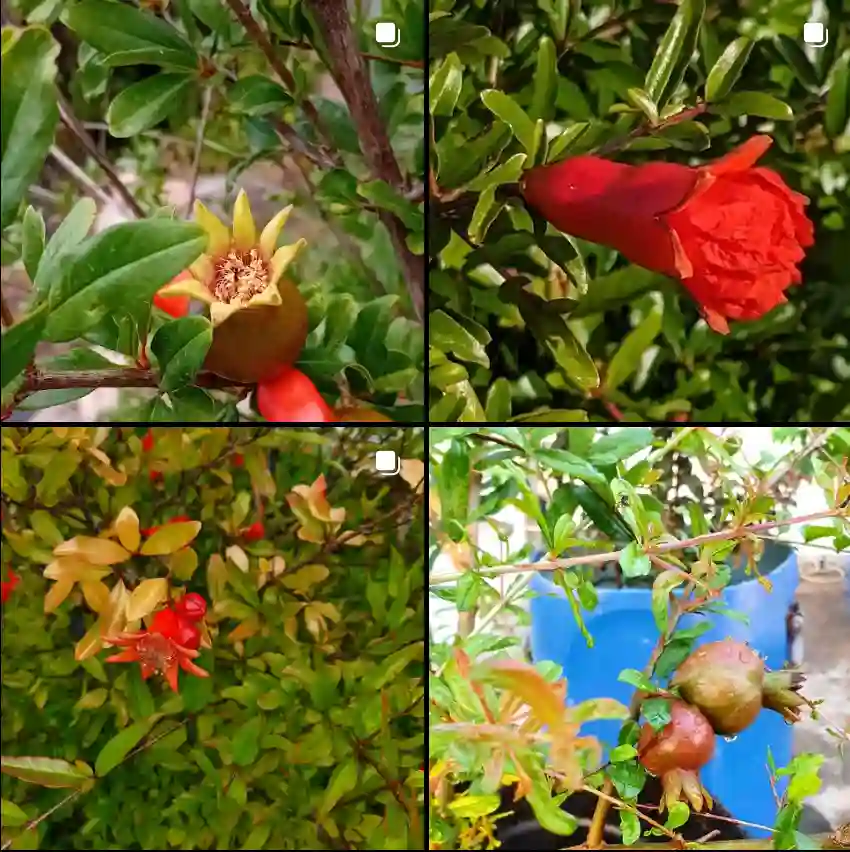My Fascination with Giant Orchids: Grammatophyllum
Hi, I’m Ferb Vu, and I’m captivated by Orchidaceae, the family of orchids, especially the impressive genus Grammatophyllum. These aren’t your typical delicate orchids; they’re giants, capable of reaching incredible sizes and putting on a spectacular floral display. My interest started a few years ago when I stumbled upon a photo of Grammatophyllum speciosum, also known as the Tiger Orchid or Sugar Cane Orchid. I was awestruck by its sheer size and the vibrant colors of its blooms. Since then, I’ve been delving deeper into this fascinating genus, learning about its unique characteristics and the diverse species it encompasses.
Understanding the Giants: Key Traits of Grammatophyllum
What sets Grammatophyllum apart? It’s all about scale. These orchids are epiphytic, meaning they grow on other plants for support, and they develop massive pseudobulbs that can grow up to 2.5 meters tall. These pseudobulbs store water and nutrients, enabling the plant to thrive in its natural habitat. The leaves are equally impressive, long and leathery, resembling those of sugarcane, hence one of its common names. But the real showstopper is the inflorescence. These flower spikes can reach up to 3 meters in length, bearing dozens, sometimes hundreds, of intricate and colorful flowers. The blooms often feature bold patterns and a variety of colors, including yellow, brown, purple, and green, often with contrasting markings.
A Diverse Family: Species within the Grammatophyllum Genus
The genus Grammatophyllum boasts a diverse range of species, each with its own unique charm. Here are:
- Grammatophyllum speciosum: This is the most well-known species, famous for its size and striking flowers. It’s native to Southeast Asia and is considered the largest orchid in the world. – Plant FAQs: Grammatophyllum Speciosum – Tiger Orchid
- Grammatophyllum scriptum: This species is distinguished by its smaller size and the intricate markings on its flowers, resembling handwritten characters.
- Grammatophyllum multiflorum: As the name suggests, this species produces a multitude of smaller flowers on a long, branching inflorescence.
- Grammatophyllum wallisii: This species is native to the Philippines and is known for its fragrant, yellow-green flowers with brown markings.
- Grammatophyllum stapeliiflorum: This unique species has flowers that mimic the appearance and scent of carrion to attract pollinating flies.
- Grammatophyllum elegans Rchb.f.
- Grammatophyllum fenzlianum Rchb.f.
- Grammatophyllum kinabaluense Ames & C.Schweinf.
- Grammatophyllum martae Quisumb. ex Valmayor & D.Tiu
- Grammatophyllum measuresianum Sander
- Grammatophyllum pantherinum Rchb.f.
- Grammatophyllum ravanii D.Tiu
- Grammatophyllum schmidtianum Schltr.
The Challenges of Cultivation
While their beauty is undeniable, cultivating Grammatophyllum orchids can be quite challenging. They require specific conditions to thrive, including:
- Bright, indirect light: These orchids need plenty of light but should be protected from harsh, direct sunlight.
- High humidity: They thrive in humid environments, similar to their natural rainforest habitat.
- Warm temperatures: Grammatophyllum orchids prefer warm temperatures and are sensitive to cold.
- Good air circulation: Proper air circulation is essential to prevent fungal diseases.
- Regular watering and feeding: These large orchids require regular watering and fertilization, especially during their growing season.
Due to their size, Grammatophyllum orchids also need ample space to grow. They are best suited for greenhouses or outdoor gardens in tropical or subtropical climates.
The Rewards of Growing Giant Orchids
Despite the challenges, successfully cultivating a Grammatophyllum orchid is incredibly rewarding. Witnessing these magnificent plants bloom is a truly awe-inspiring experience. The sheer size of the inflorescence and the intricate beauty of the flowers make all the effort worthwhile.
My Continued Exploration
My journey into the world of Grammatophyllum is far from over. I’m eager to learn more about the lesser-known species, the intricate pollination mechanisms, and the conservation efforts aimed at protecting these magnificent plants in their natural habitats. I believe that appreciating and understanding these orchids is crucial, not only for their beauty but also for their role in the ecosystem.
I hope this article has sparked your interest in the fascinating world of Grammatophyllum orchids. If you ever have the chance to see one in person, don’t miss the opportunity – you won’t be disappointed!
If i die, water my plants!



